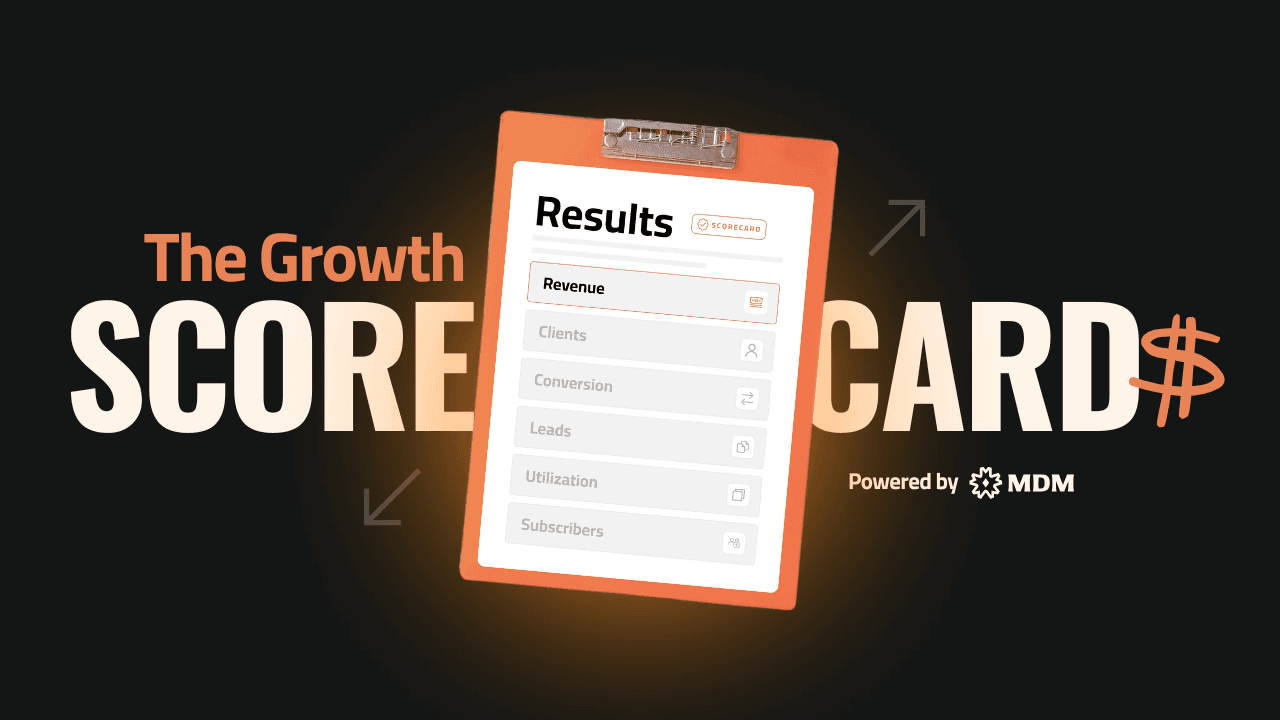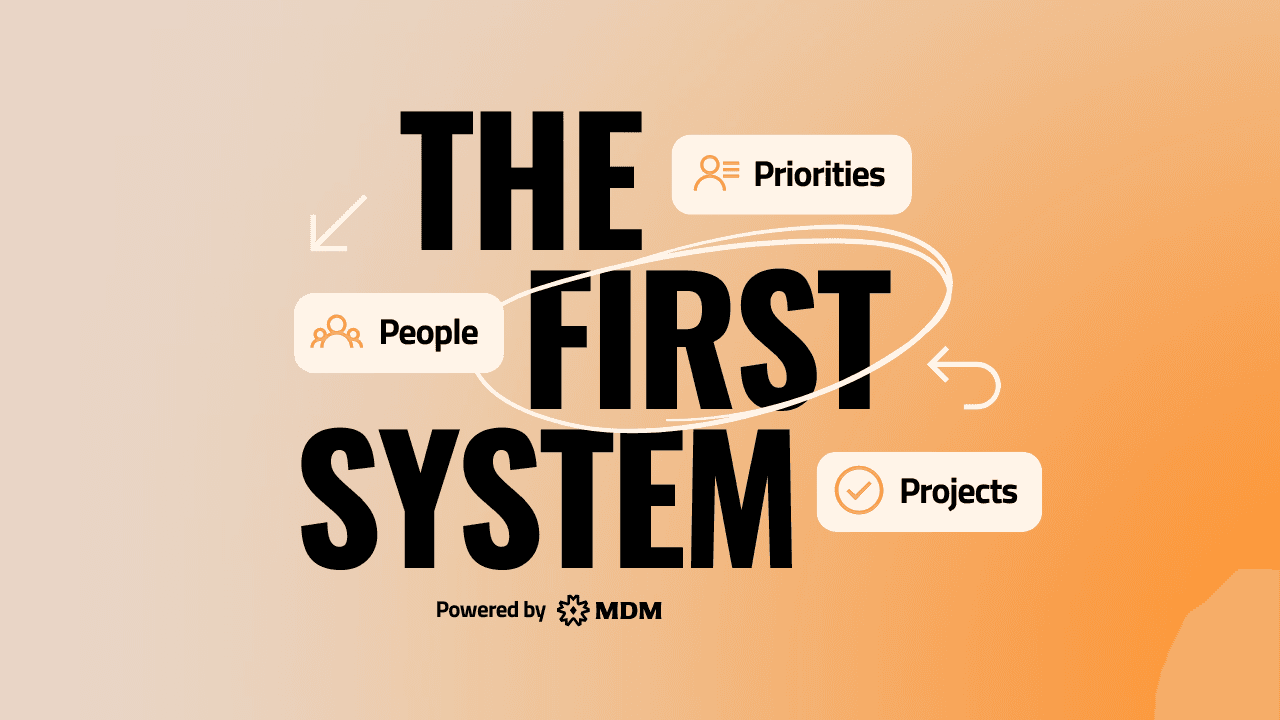set up a high-performance system that ensures clarity, accountability, and rapid execution.
Posted on Oct 20, 2025
The Goal
Entrepreneurs and business leaders often struggle with cluttered files, scattered priorities, and stalled execution due to outdated or mismanaged systems. While traditional consulting firms like Deloitte or Accenture focus on large-scale system migrations, their approach often fails to meet the needs of fast-moving businesses.
Instead of getting bogged down in overcomplicated project management setups, MDM offers an agile approach:
Prioritize execution over planning paralysis.
Set up a simple, actionable project management system.
Empower project owners to take responsibility and drive progress.
This recipe will walk you through how to set up a high-performance project management system that ensures clarity, accountability, and rapid execution.
The Background
Many businesses rely on legacy tools like Asana, Trello, or spreadsheets, but these systems often become overloaded, unorganized, and disconnected from execution. The result? Teams waste time updating status reports instead of actually completing tasks.
Instead of migrating everything into a new system, we recommend a leaner approach:
Focus on current priorities. Only track what’s relevant now.
Assign clear ownership. Every project must have one accountable leader.
Build agility into execution. Projects evolve, so your system must adapt.
With this methodology, you can start executing within a day instead of spending weeks setting up a system that quickly becomes outdated.
The Key Ingredient: Prioritization & Execution Over Perfection
A strong project management system isn’t about tracking every detail—it’s about getting things done efficiently. The key elements include:
Aligning projects with business priorities (no “nice-to-haves” that don’t move the needle).
Assigning clear ownership so there’s no confusion on responsibility.
Creating structured timelines to ensure consistent progress.
Maintaining visibility across teams through daily tracking and weekly reviews.
The Steps to Implement Agile Project Management
Step 1: Define Your Top Priorities (What Matters Right Now?)
Identify the top 3-5 priorities for your organization.
Break each priority into specific projects with clear outcomes.
Example:
Priority: Launch a new product funnel
Project: Build landing page, create email sequence, schedule a launch webinar
Step 2: Load Projects into a Centralized System & Assign Ownership
Choose a simple project management tool (Notion, Trello, ClickUp, etc.).
Create a project board and list your active projects.
Assign one owner per project—this person drives execution and reports progress.
Step 3: Break Down Projects into Actionable Tasks
Each project owner lists every necessary step for success.
If a project involves multiple team members, they assign tasks accordingly.
Add target completion dates and track dependencies that could cause delays.
Step 4: Execute with Daily & Weekly Check-ins
Daily: Teams should review their project boards to stay on top of tasks.
Weekly: Conduct a project review to assess progress, blockers, and next steps.
Adjust in real-time. If something is missing, add it and move forward—don’t get stuck in endless planning.
Step 5: Compress Time for Faster Execution
Set artificially short deadlines to force momentum (e.g., complete setup in one week).
Create a high-accountability environment where teams focus on fast execution.
Track progress visually (Kanban boards, Gantt charts, etc.) to spot delays early.
Preparation Notes
Daily visibility is key. Teams should know exactly what they need to execute each day.
Weekly reviews ensure accountability. If a project stalls, it should be flagged immediately.
Resistance is natural. Team members may struggle with the new process—provide guidance and quick wins to ease the transition.
Why This Works (And How MDM Helps)
At MDM, we don’t just set up project management tools—we help businesses transform execution habits. A strong system eliminates bottlenecks, speeds up progress, and ensures your projects deliver real results.
If you’re ready to see this in action, schedule a session with our team—we’ll walk you through our framework and help you get started.
Until next time—keep moving.





